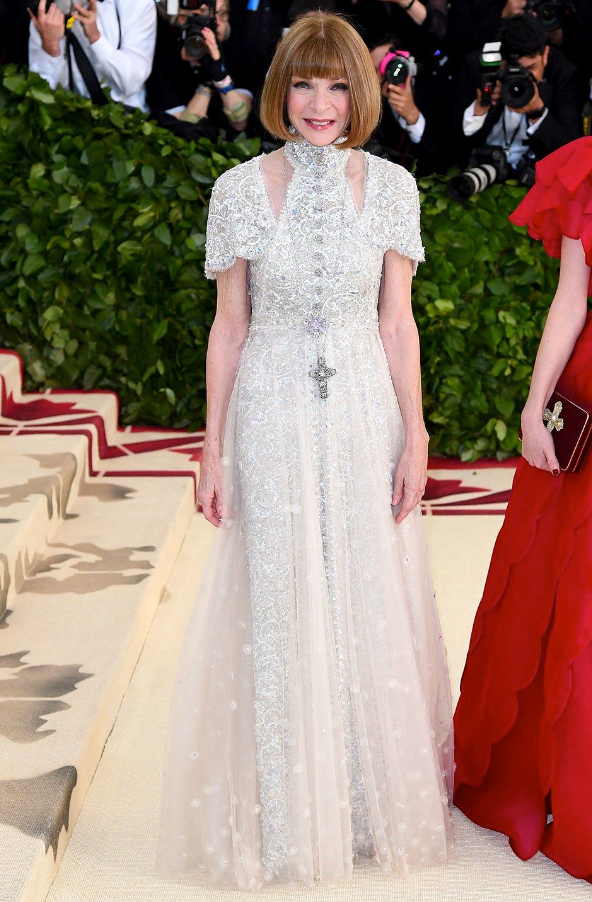
Amulets: Jewelry for All
Amulets: Jewelry for All by Morgan Watkins
Arguably the oldest form of jewelry known to man, the amulet is a timeless accessory that was loved and worn by many. This jewelry carries significant power and symbolism for people and cultures worldwide, and comes in just a variety of shapes and styles. Want to know just how old this jewelry is, and what it means to those around the globe? Read on to learn the qualities and characteristics of amulets, and what make them such special pieces.
The first amulets are speculated to have come about in 4400 BC, and came in the forms of necklaces, bracelets, rings and more. Before the discovery of gemstones and metals, early amulets were constructed of natural materials like feathers, stones, bones, twigs and tree bark. Commonly featured within this type of jewelry were figures of animals and human forms, which were most popular around 4400 to 2000 BC. Around 2030 BC, carved gods and deities hung from the necks and wrists of amulet wearers as forms of protection.

(Image from https://talkingfashion.net/collections/necklace/products/ethnic-necklace-warthog-camel- handmade-vintage-jewelry)
While the main purposes of amulets were style and security, every culture has their own unique symbolism attached to the jewelry. Ancient Egyptians, for example, often donned the scarab amulet. Modeled after the dung beetle for its ability to reproduce offspring by administering its eggs into waste, the scarab represents transformation and resurrection, or the ability to make something out of nothing. The scarab was also associated with the god Khepri of the rising sun, who symbolizes creation and rebirth. Scarabs gained popularity throughout all of Egypt, which carried over to ancient Mediterranean territories, inspiring Greeks to adopt amulets into their daily fashions.

(Image from http://astromic.blogspot.com/2013/02/scarab-beetle-of-ancient-egypt-mystery.html)
Along with serving as protective devices for amulet wearing individuals, this jewelry also held great significance in religious realms. Commonly sported by Christians and Catholics alike is the ever popular crucifix amulet. Most commonly worn in the form of a necklace, this jewelry piece serves to protect while also proclaiming the wearer’s unwavering faith. Another popular religious amulet worn proudly by the Jewish community is the Shield of David, or as it’s better known today, the Star of David. Middle Eastern cultures often associated triangles as possessing protective, or shielding, powers, hence the double triangles that form the well known accessory. Also widely adored among those of Judaic and Muslim faith are amulets of the Hand of Miriam, or the Hansa as it’s referred to by the Berber tribe. This symbol depicts the notorious all seeing eye, which protects the wearer from bad energy and evil spirits. On the other hand, Hindu and Islamic peoples favored the Haldili, a jeweled pendant which symbolizes the Tree of Life. This image represents all that is divine and protects the wearer from grief and heart palpitations.

(Image from https://talkingfashion.net/collections/necklace/products/copy-of-roman-catholic-rosary-pr ayer-beads-necklace-religious-jewelry-2)
Recently, these amulets have found their way back into modern fashion and onto the runway. The Met Gala’s Heavenly Bodies: Fashion and the Catholic Imagination proved that angelic amulets have their place in high fashion, as revered Vogue Editor-In-Chief Anna Wintour accessorized her all Chanel ensemble with a sparkling crucifix necklace. Also drawing inspiration from popular amulet symbolism, Gucci’s Spring/Summer 2018 show featured a massive tote depicting the image of the third eye, while Alessandro Michele’s models walked down the runway with a third eye painted on their foreheads for his Fall/Winter 2018 collection. Even Gigi Hadid admitted to carrying her own third eye amulet to ward off bad vibes and envy.

(Image from https://media.vanityfair.com/photos/5af0cf499a03a97c8fb8a4db/master/w_960,c_limit/A nna-MET-Gala.jpg)
Whether worn as a means of protection or for aesthetic reasons, amulets are lovely accessory staples with a rich, lengthy history, which is nothing to scoff at. So if you’re in a pinch and need to get rid of any bad juju lurking in your life, give a symbolic amulet a shot! Who knows? It could end up protecting you, and looking fabulous, of course.
Want to shop vintage accessories online or sell a dazzling amulet secondhand? Check out talkingfashion.net to browse our wide array of jewelry, accessories and selling options!
References:
Bartolucci, Marisa. “JEWELRY WHY AMULET JEWELRY HAS BEEN SPELLBINDING US FOR MILLENNIA.” 1stdibs, https://www.1stdibs.com/blogs/the-study/amulets/.
Chamberlin, Corbin. “The Evil Eye Amulet Makes a Glitzy Comeback.” Vogue Arabia, 9 May 2018, https://en.vogue.me/fashion/evil-eye-spring-2018-fashion-trend/.
Craig Patch, Diana. “Egyptian Amulets.” The Metropolitan Museum of Art, October 2004, https://www.metmuseum.org/toah/hd/egam/hd_egam.htm.
